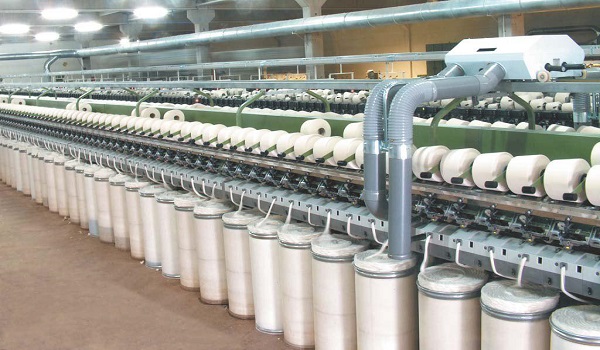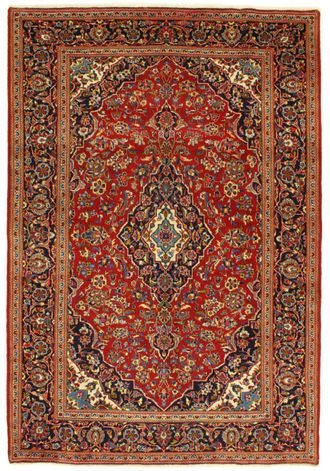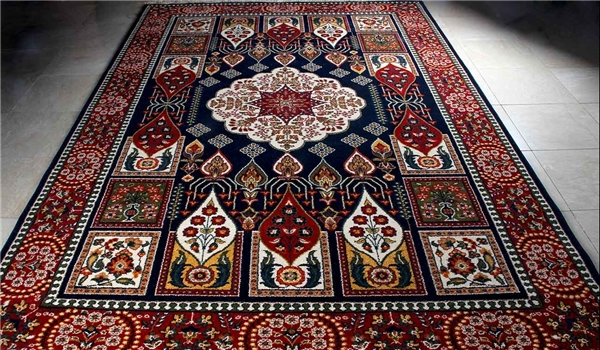
1. Solution and washing
step:
After sorting the wools, they are thrown into a winding machine. The
scrubbing action removes dust and debris from the wools and makes them more
susceptible to detergents during the washing
process.
A) Solution: Removing wool and removing it from foreign materials (such as dust,
plant waste) is called Solution
The solution is done in two manual and machine types:
Manual Solution (Traditional Solution Method): In this method, the wool is
braided using a special bow and fist method that blurs the wool with a bow, and
the solution is woven.
2- Machine wash: This operation is performed in factories before washing using
mechanical equipment. Solvent treatment removes dust and debris from the wool
and exposes the detergent to the wool during the washing process.
B) Washing: After scrubbing, the wool is brushed by immersing it in dilute
sulfuric acid solution, which causes the scabs and shavings to be attached to
fibers that were not separated by wool. Soaking the wool in an alkaline bath
will neutralize the effect of acid and then wash the wool with water. After
combing, it is time to wash the wool, which is done in both manual and machine
form, which is a safer and healthier machine method:
1- Handwashing: This old-fashioned method of washing used wool and
water to wash wool, which absorbs oils to
make it better for washing. Soak them in fresh, smooth, cold water to remove as
much fat as possible from the wool.
In another method of manual washing, the wool pollination method is used to take
the live animal into the river and to wash it with soap and water. However, this
method does not thoroughly clean the wool and as a result is not a complete and
reliable method and wools must be rinsed with hygiene.
2- Machine Washing: After washing, the wools are put into the washing machine.
This machine, which consists of 3 to 5 ponds, allows the wools to be washed
thoroughly and hygienically. The contents of the ponds in the washing
machine 5 The basin is as follows:
First basin: This basin contains only pure water (for example 10 kg
of wool in this basin is 50 liters of water) In this basin the wool is stirred
for 15 minutes then the wool is extracted and water is extracted. And enter the
pool.
2. Basin 2: This basin contains sodium carbonate water (50 liters of water and
250 grams of sodium carbonate) in this basin for about 5 minutes.
3. Third basin: 50 liters of water and 50 grams of soap available in the basin
where the wools are washed with these substances (if soap can be used detergent
and water may be slightly warmer) Wool wash time 5 minutes Is.
4- The fourth basin: This basin contains 50 liters of water and 25 grams of
soap. Again, the wools are washed in the basin (preferably slightly warmer). The
wool is kept in the basin for 5 minutes.
5. The fifth basin: This basin is made up of pure water only. The wools are
brought back to the basin for a few minutes and then dried and dried.
It is noteworthy that wool should not be moved too much and that alkalis should
be removed from the wool as much as possible, and wool drying should be done
thoroughly and thoroughly, as they will rot if the wool does not dry properly.
Carpet weaving will not be appropriate.
Washing operations ensure that the wool does not rot and does not rot and
caries. In general, machine wash is a safe, complete and reliable method of
health and ensures the future health of the weaver.
It should be noted that the wool yields (percentage of pure wool to wool
impurities) vary for different regions of the country and the higher the wool
the higher the wool value, the ratio is 44% – 36% for Sabzevar and Torbat
Heydariyeh wools. Kermanshah is 52% – 46%.


